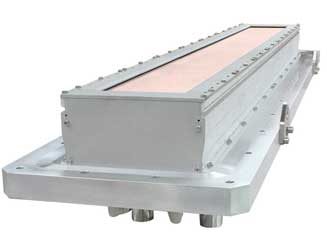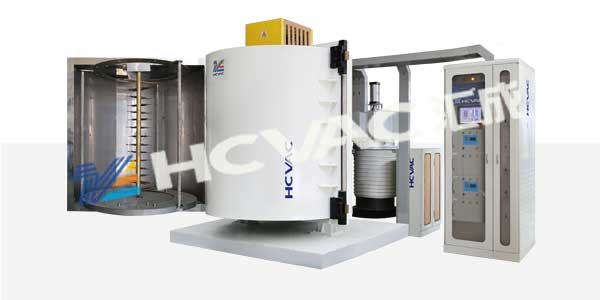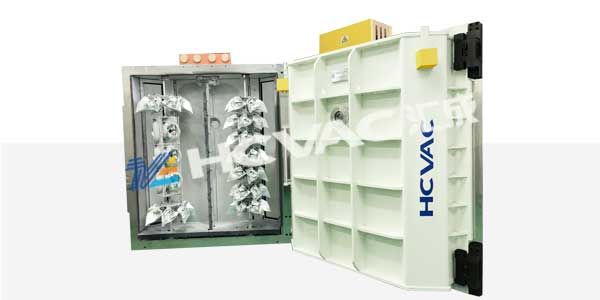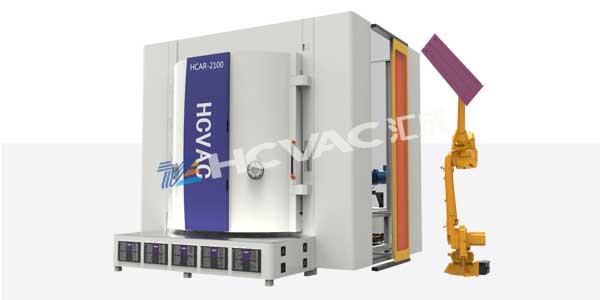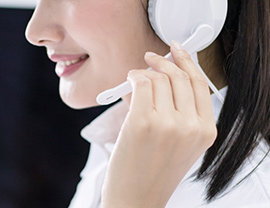Sputtering is another way of physical vapor deposition technology. The sputtering process is the technology that the target material is bombarded out by ion bombardment. Inert gas, such as argon, is charged into the vacuum cavity. By using high voltage, glow discharge is generated to accelerate the ion to the target surface. Argon ion bombards (sputters) the target material from the surface and deposits it on the workpiece in front of the target. Other gas bodies, such as nitrogen and acetylene, are usually used to react with the target material sputtered out to form a thin compound Membrane. Sputtering technology can prepare many kinds of coatings, and has many advantages in decorative coatings (such as Ti, Cr, Zr and carbonitride). Because of its very smooth coating, sputtering technology is also widely used in the field of Tribology in the automobile market (for example, CrN, Cr2N and many kinds of diamond (DLC) coatings). High energy ions bombard the target, extract atoms and transform them into gas state. A large number of materials can be sputtered by magnetron sputtering technology.
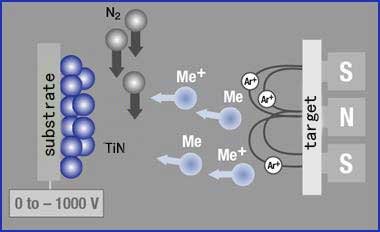
Advantages of sputtering technology:
+Target material adopts water cooling to reduce thermal radiation
+Almost any metal material can be sputtered as a target without decomposition
+Insulating materials can also be sputtered by RF or if power supply
+It is possible to prepare oxide (reactive sputtering)
+Good coating uniformity
+The coating is very smooth (without droplets)
+The cathode (up to 2m long) can be placed at any position, which improves the flexibility of equipment design
Disadvantages of sputtering technology:
-Lower deposition rate compared with arc technology
-Compared with the arc, the plasma density is lower (~ 5%), the coating adhesion and the coating density are lower
There are many forms of sputtering technology. Here we will explain some of them. These sputtering technologies can be realized on the vacuum coating equipment of vacuum production.
+Magnetron sputtering uses a magnetic field to maintain the plasma in front of the target, strengthen the ion bombardment and improve the plasma density.
+UBM sputtering is the abbreviation of unbalanced magnetron sputtering. The enhanced magnetic field coil is used to enhance the plasma density near the workpiece. A more compact coating can be obtained. Higher energy is used in the UBM process, so the temperature will rise accordingly.
+The closed field sputtering uses the magnetic field distribution to confine the plasma in the closed field. The loss of the target material to the vacuum chamber is reduced and the plasma is closer to the workpiece. A compact coating can be obtained and the vacuum chamber can be kept relatively clean.
+Twin target sputtering (DMS) is a technique for the deposition of insulator coatings. Alternating current (AC) acts on two cathodes instead of using direct current (DC) between the cathodes and the vacuum chamber. This enables the target to have a self-cleaning function. Twin target magnetron sputtering is used for high-speed deposition such as oxide coating.
+Hipims + (high power pulsed magnetron sputtering) uses high pulse power supply to improve the ionization rate of sputtering materials. The coatings prepared by hipims + have the advantages of arc technology and sputtering technology. Hipims + is a compact coating with good adhesion, and it is also a smooth and defect free coating at the atomic level.



